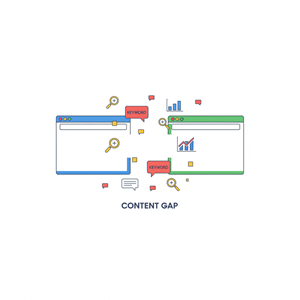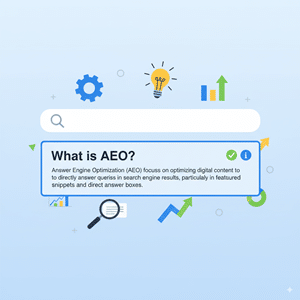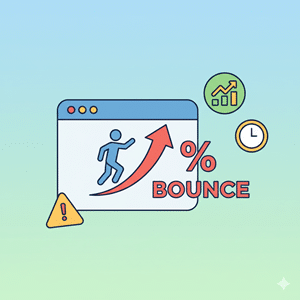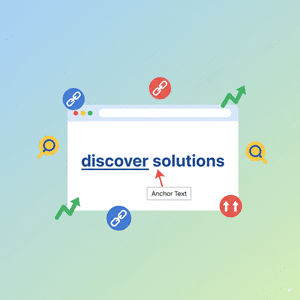What is a Content Gap?
A content gap refers to the information, keywords, or topics that your audience is actively seeking but that your website fails to address at present. Recognizing these gaps enables marketers to develop fresh content that aligns with user intent, enhances SEO performance, and seizes market share from rivals.

Why Content Gaps Matter
Capture Untapped Traffic
By addressing overlooked areas, you draw in audiences that were once out of reach.
Outperform Competitors
Exploring often-ignored subjects allows your brand to secure a presence in search results where competitors are prevalent.
Boost Relevance & Authority
Thorough coverage demonstrates knowledge and credibility to search engines.
Improve User Experience
When visitors discover all the information they seek on your site, they are more inclined to remain, interact, and take action.
Supports Full-Funnel Strategy
Identifying content gaps can uncover essential elements that are lacking in the awareness, consideration, or decision-making phases.
How to Identify Content Gaps
- Competitor Analysis: Evaluate your terms and materials against those of your rivals.
- Keyword Tools: Use Ahrefs, SEMrush, or Google Search Console to find missing keyword opportunities.
- SERP Features: Examine the “People Also Ask” section and associated searches for overlooked inquiries.
- Customer Feedback: Pinpoint frequently asked questions that are currently absent from your blog or product pages.
- Journey Mapping: Identify the gaps in the buyer journey where content is insufficient.
Examples of Content Gaps
- A fitness blog featuring workout plans, yet lacking in nutrition guides.
- A digital marketplace featuring product descriptions, yet lacking in-depth buying guides.
- A SaaS website featuring pricing information, yet lacking case studies or comparative analyses.
- A travel platform showcasing various destinations, yet lacking essential visa and budget information.
How SEO Agency Boston Fills Content Gaps
At SEO Agency Boston, we leverage content gap analysis as a cornerstone for development:
- Data-Driven Research: Identifying gaps in keywords and themes within the competitive landscape.
- Full-Funnel Coverage: Making sure clients are informed with engaging content for awareness, mid-funnel, and conversion stages.
- Content Clustering: Creating comprehensive pillar pages and related subtopics to master overarching themes.
- SERP Intent Matching: Creating material that resonates with the evolving needs of searchers.
- Continuous Optimization: Consistently reviewing for fresh prospects and developing trends.
Best Practices for Closing Content Gaps
- Focus on identifying opportunities where there is significant interest but minimal rivalry.
- Thoroughly address the intent, avoid merely inserting keywords.
- Connect the newly created gap-filling content to relevant pages to enhance credibility.
- Enhance and broaden current pages prior to generating duplicates.
- Harmonize timeless subjects with current trends.
Related Terms
- Keyword Research
- Topic Clusters
- Content Marketing
- SEO Audit
- Search Intent
Common FAQs for Content Gap
Quarterly assessments are preferable, yet highly competitive fields might necessitate monthly evaluations.
Absolutely not. It additionally encompasses absent formats such as video and infographics, along with various stages of the funnel.
Your chances of success are greatly enhanced, yet rankings are also influenced by the quality of content, backlinks, and the intricacies of technical SEO.

From Missed Opportunities to Market Leaders
At SEO Agency Boston, we transform content gaps into powerful growth opportunities, keeping your brand competitive and pertinent in a constantly changing digital environment.






